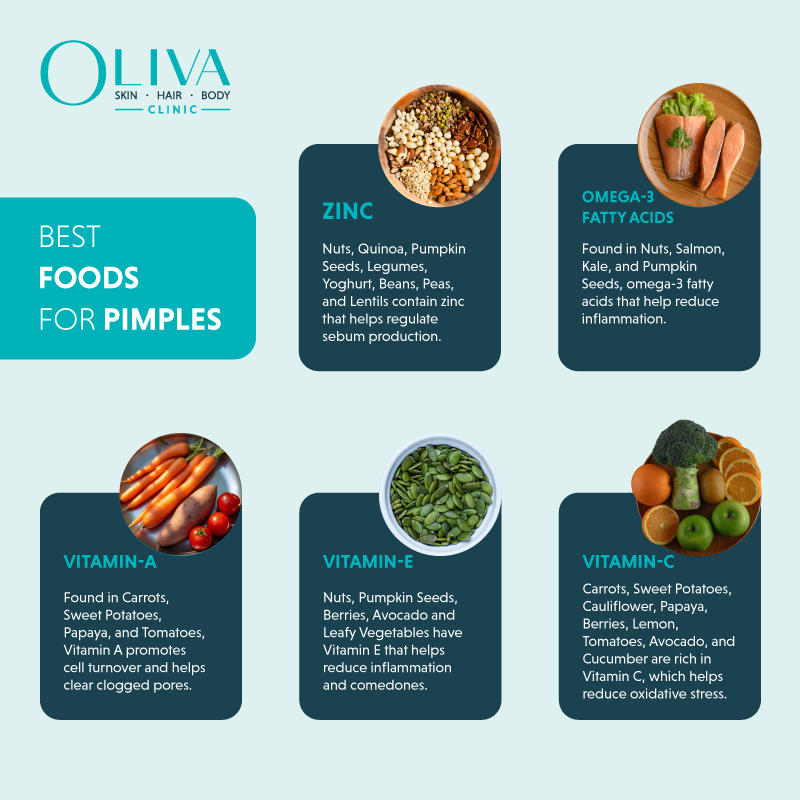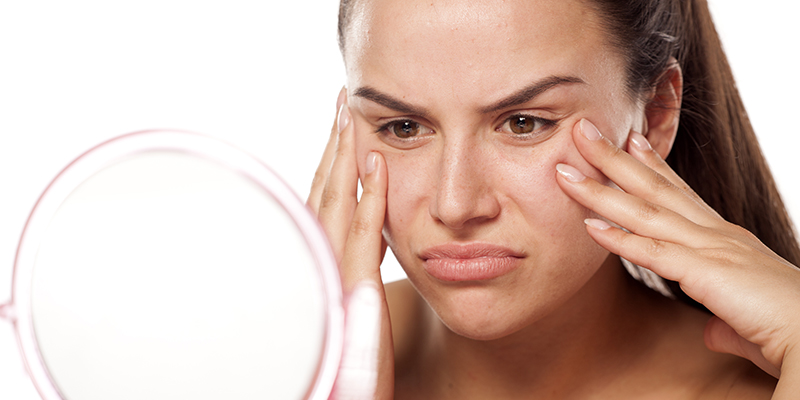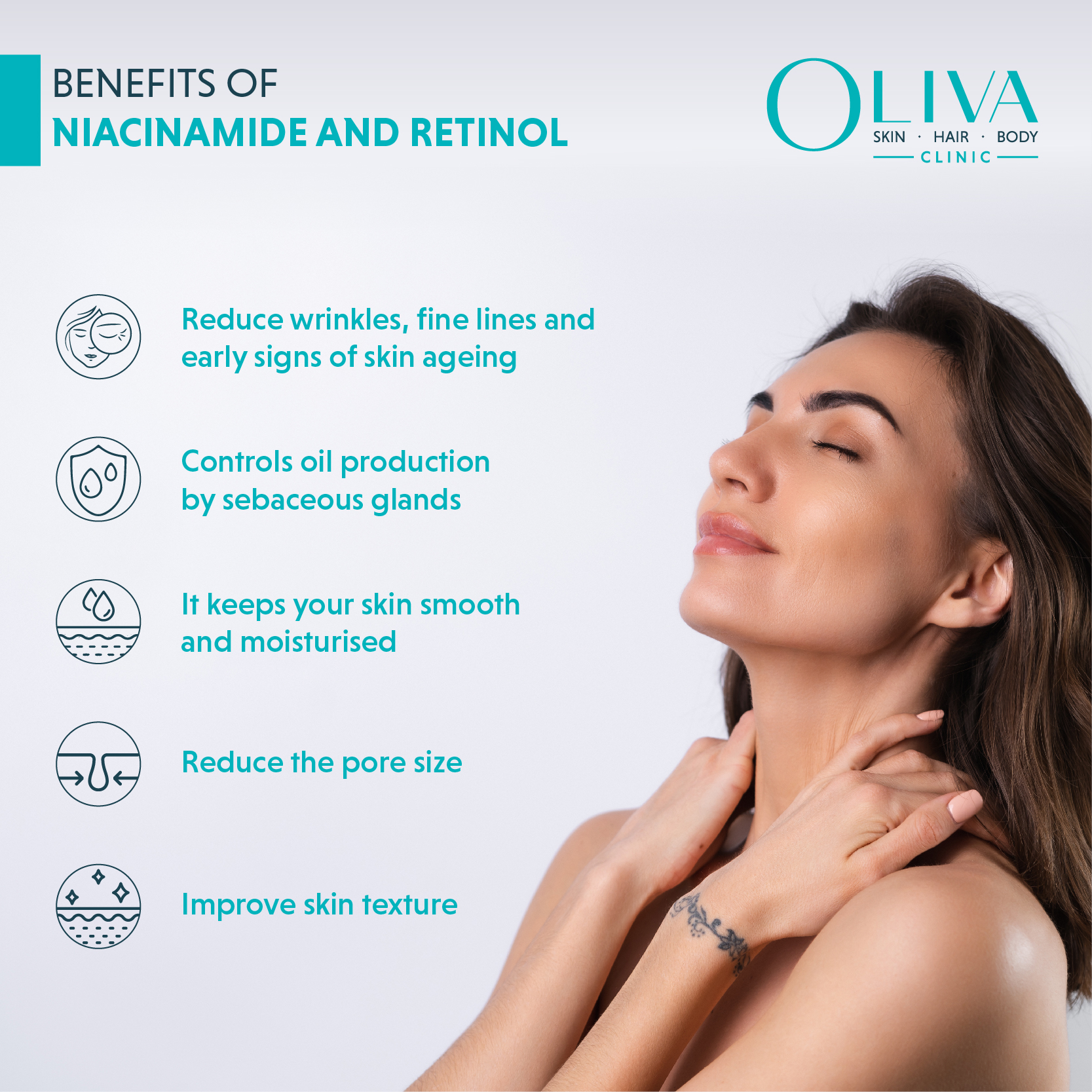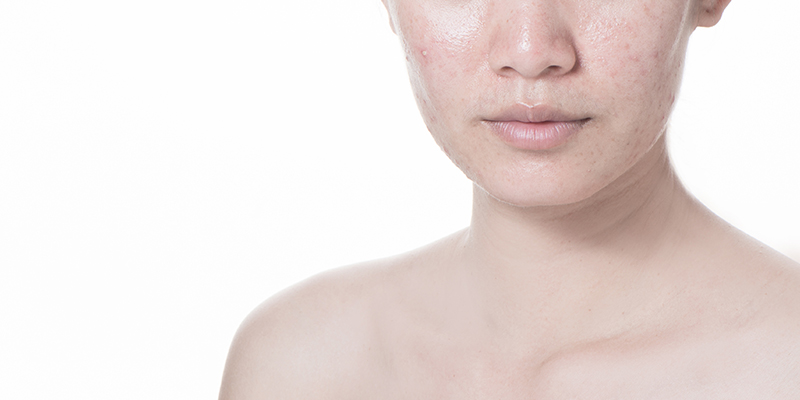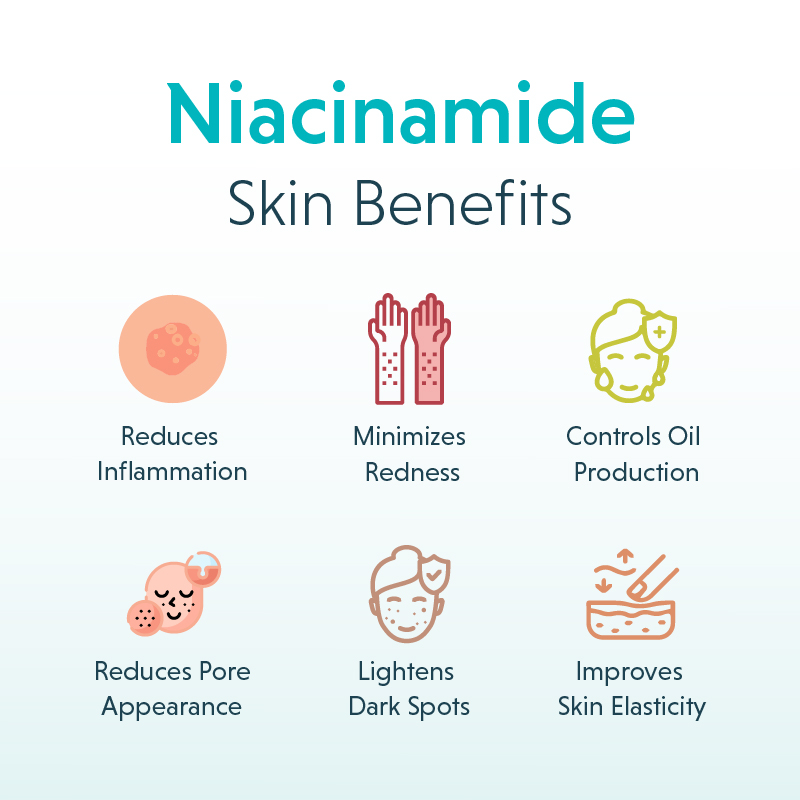In This Article
Corns And Calluses – Causes, Symptoms & Treatment
The health and nourishment of our skin is not just only for the face but also on other parts of the body as well. Especially the feet, we use them more than any other part and the skin on feet is thus subjected to harsh conditions and extreme external pressures on a regular basis. This can affect the foot skin health and cause corns and calluses resulting in discomfort. Anxiety and pain can develop easily making the treatment of calluses and corns on feet imperative.
In This Article
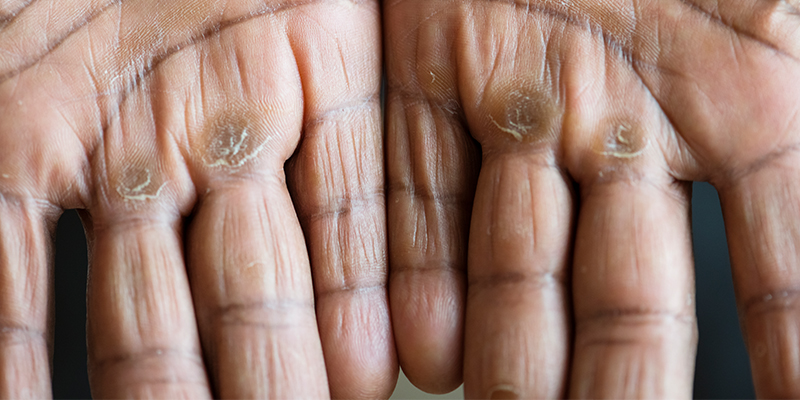
What Are Corns And Calluses?
Repetitive friction and pressure on a specific area of the skin causes the formation of thick and hardened layers, known as corns and calluses. As the skin tries to protect itself due to the repeated friction by forming the hardened skin. Corns on the feet are the most common type of hardened skin that are seen. Calluses and corns can also form on the hands and fingers due to repetitive activity. They are usually painless but can become painful when not treated promptly.
Difference Between Corn And Callus
When a corn versus callus comparison is done, the main factor that differentiates them is the difference in their appearance. The central area of a corn is hardened and has inflamed skin around it. They are usually smaller than calluses and are found on areas of the feet or hands that do not experience much pressure (such as in between the fingers). They can easily become painful.
Calluses, on the other hand, occupy larger areas such as the heels or the frontal part under the foot. They do not have distinct borders like corns. In most cases, there is no pain associated and the callus formation is primarily reliant on the skin experiencing repetitive pressure due to walking, standing all day, etc.
Symptoms Of Corns And Callus
Formation of corn and callus is visible and can be noticed easily. They are generally different from other skin deformities and have specific symptoms of occurrence. If you notice any of the below, visit your dermatologist immediately to treat them in time
- Hardened skin that is raised and rough
- Thick skin is present in the affected region
- Dry or flaky skin
- Can be painful
- Tenderness
- Burning sensation may be present
- Cracks may be present (bleeding is possible from the skin cracks)
Also Read: How To Treat Dry Skin?
Causes Of Corns And Calluses
The main cause of corns and calluses on bottom of the feet (plantar calluses) and in between fingers/toes are as follows
- Friction and pressure due to repetitive actions such as excessive walking
- Not wearing socks increases the friction experienced by your feet skin
- Wearing shoes that create unnecessary pressure on different areas of the feet, such as high heel or ill-fitting shoes
- Wearing open heel shoes such as sandals increase pressure on the heel and cause callus formation in the shape of a horseshoe
Corns on hands form in similar scenarios where repetitive pressure and friction is generated. For example, playing a musical instrument can lead to corn formation.
Risk Factors Associated With Corn And Calluses
- If corns are not treated on time, they can easily progress to form a ‘dry corn’ which is difficult to treat. It is recommended to treat any corn that you notice on your skin at the earliest
- Diabetic patients need to ensure that immediate assistance is availed for corns and calluses to avoid complications
- For people who suffer from any disease or condition that hampers blood flow to the feet, immediate consultation with an expert cosmetic dermatologist for corn removal or callus removal is advised
- Bunions and hammertoe increase the chances of corns and calluses from occurring
- Foot deformities due to innate conditions or due to an accident can create pressure on the skin and make it hardened and thick. (eg: fracture callus)
- Wearing inappropriate clothing poses a risk factor for corns and calluses
Corn Treatment By A Dermatologist
(i) Electrocautery Or RF:
To cure corn on feet, electrocautery and radiofrequency treatment is most widely used. The skin is prepped and disinfected first, followed by numbing to minimize discomfort. The electrocautery equipment uses electric current whereas the RF equipment uses radiofrequency to get rid of corns on feet permanently. The procedure takes just a couple of minutes and regular activities can be resumed after it easily. Antibiotics are prescribed along with a topical antiseptic cream and healing cream, to quicken up the skin healing process.
(ii) Laser Removal For Dry And Old Corns:
Corn on foot can be treated using laser therapy or laser removal. A special type of laser is used for corn removal by a dermatologist. The procedure involves disinfecting the affected area and administering local anesthesia using a fine needle. The use of anesthesia avoids feeling any discomfort during the corn removal process and makes the treatment painless. The laser hand piece is carefully run around the corn on the feet, to detach it and remove completely. Some bleeding may occur but this stops in a few minutes naturally. Topical antiseptic and oral antibiotics are prescribed after the foot corn treatment to avoid any infections from occurring.
(iii) Surgery
This is another method to remove corns on feet when recurring corns are being caused due to a bone deformity. The bone is corrected using surgery so that the increased pressure in the affected areas can be diminished. Surgical corn treatment by enucleation is an innovative technique that is offered in some specialized skin clinics or by a few podiatrists.
For the treatment of corns of feet that are fairly new, over the counter salicylic acid patches are also prescribed in certain cases. Salicylic acid helps to make the hardened layers of skin soft and also helps to detach the dead skin from the healthy skin.
Callus Treatment By A Dermatologist
To get rid of calluses, the most common and simple treatment that is used is buffing or trimming the hardened skin to the levels where soft skin is brought to the surface. An experienced dermatologist can efficiently perform this treatment without damaging any healthy skin that has not become hardened yet.
Prescription patches to soften the skin are also available as a callus remover option. The skin specialists may recommend you specific brands that have shown reliable results in the past. These patches often contain mild acids that exfoliate and soften the thick skin seen in calluses.
How To Prevent Corn And Callus?
- Wear shoes that aren’t too tight and let your toes and feet move around flexibly inside them. You should be able to wiggle your toes
- Wear socks and gloves as much as possible to reduce friction experienced by the skin
- Use shoe inserts to alleviate some of the pressure experienced by your feet
- Exfoliate and moisturize the skin on the feet regularly, to keep the skin soft and supple.
Takeaway
Corns on foot can become infuriating because of the discomfort they cause. In order to remove corns from toes permanently, seek the help of a proficient dermatologist who can recommend the best treatment option for you after diligent analysis of your skin. In the case of calluses, they are often ignored but they shouldn’t be. Both corns and calluses need treatment without any delay to avoid unnecessary complications, embarrassment, and distress.


